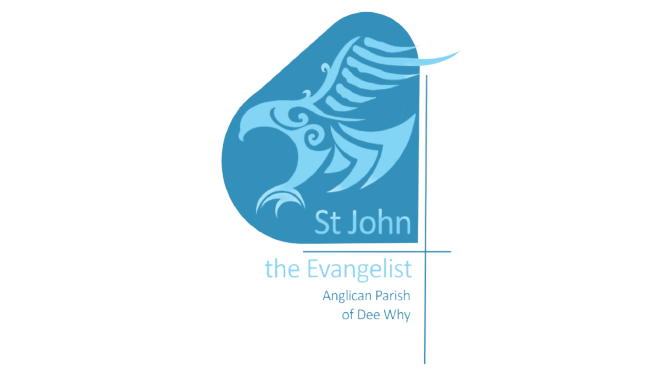Solemn Mass with bishops, priests and laypeople on pilgrimage from around the world in St Mary the Virgin, Walsingham, in Norfolk, England
ANGLICAN simply means ‘English’. The Anglican Church of Australia was until recently known as ‘the Church of England in Australia’. The Church of England has always claimed to be nothing more or nothing less than the English part of the Catholic Church, which through faults on both sides, became separated from the rest of the Catholic Church in the sixteenth century. (For some time now, our Church has been working towards full reunion with other Christians, especially with Rome and the Orthodox).
THE CHURCH THAT JESUS FOUNDED is a sign of God’s presence in the world. She seeks to bring people closer to God through worship, prayer, pastoral care, evangelism and social outreach. She is a channel of God’s healing love for all people. The ‘pilgrim people of God’ gather regularly to worship God and to receive his grace or help through the Sacrament of Holy Communion_the great sacrifice of the altar_which we call the Eucharist or the Mass.
WORSHIP: being a member of the Church is a challenging and fulfilling experience. But it requires genuine commitment to GOD. That means not only professing belief in him, but putting that belief into action. This begins inside the church, worshipping regularly—every Sunday—at the Eucharist, the service that Jesus himself gave us and commanded us to continue. For it is at the Eucharist that:
The order of service for the Eucharist or Mass is set out on a card. It follows the normal form for a parish in the Catholic tradition of Anglicanism, and follows the order in A Prayer Book for Australia.
We share fellowship with Jesus and with Christians everywhere in all ages;
We receive instruction, helping us to see more clearly what GOD is doing in our lives, and to understand his will for the world in which we live;
We offer ourselves to GOD in union with Jesus Christ;
We receive grace and strength in the Blessed Sacrament to carry out his will.Worship is telling God how much we love him. GOD created us body, mind and spirit. Our love for one another has to do with the mind and the spirit but it is also expressed in a physical way. So, too, our love for GOD needs physical, active expression. This we do in worship. We use our WHOLE BEING in worship_our spirits, our minds, our senses, our voices and our bodies.
And so we use outward symbols, ornaments and ceremonial to express in a physical and active way our love of GOD. The candles, the vestments, the incense, the bells, the singing, the standing, the kneeling, the sign of the cross, are all outward expressions of our love for GOD. They are used to arouse and activate the spirit of love and worship within us, and to give glory to GOD.
The priest wears vestments to show that he is speaking and acting, not as an individual, but as a priest of the whole Catholic Church, which is united to Christ our Great High Priest. The deacon also wears vestments at mass to show the dignity of Christian service.
(The vestment traditionally worn by the priest to celebrate the Eucharist—the chasuble—is not permitted in the Diocese of Sydney, which is overwhelminngly ‘low church’. Even Catholic-minded priests must promise not to wear it. No other Anglican Diocese has this rule. The clergy at St John’s are bound by their promise, but in every other respect the Catholic Tradition of the Anglican Church is taught, upheld and promoted.)
Altar servers are used to increase the sense of worship being a communal offering of praise to God.
The incense at our 10.00am Sung Eucharist and at Evensong is a sign used all through the Bible for the worship of God, and for his people’s prayers rising into his presence.
A server prays before the Easter Garden at St John’s
THE BLESSED SACRAMENT is ‘reserved’ in this church. After everyone has received Holy Communion, the priest puts some of the Holy Bread which is Christ’s Body in the Tabernacle, to be kept all week. You will see a white light burning before the Tabernacle. The Blessed Sacrament is ready to be taken to the sick and dying at any hour of the day or night.
THE STATUES AND PICTURES here at St John’s are not objects of worship. They are to remind those who come here of the lives of our Lord and his Saints; they help us remember that we never pray alone, that in worship we are joined in one fellowship with the Saints who now gaze upon the face of God in heaven and who surround us in that ‘great cloud of witnesses’ (Hebrews 12: 1-2).
High Mass at St Mary’s, Bourne Street, in London



